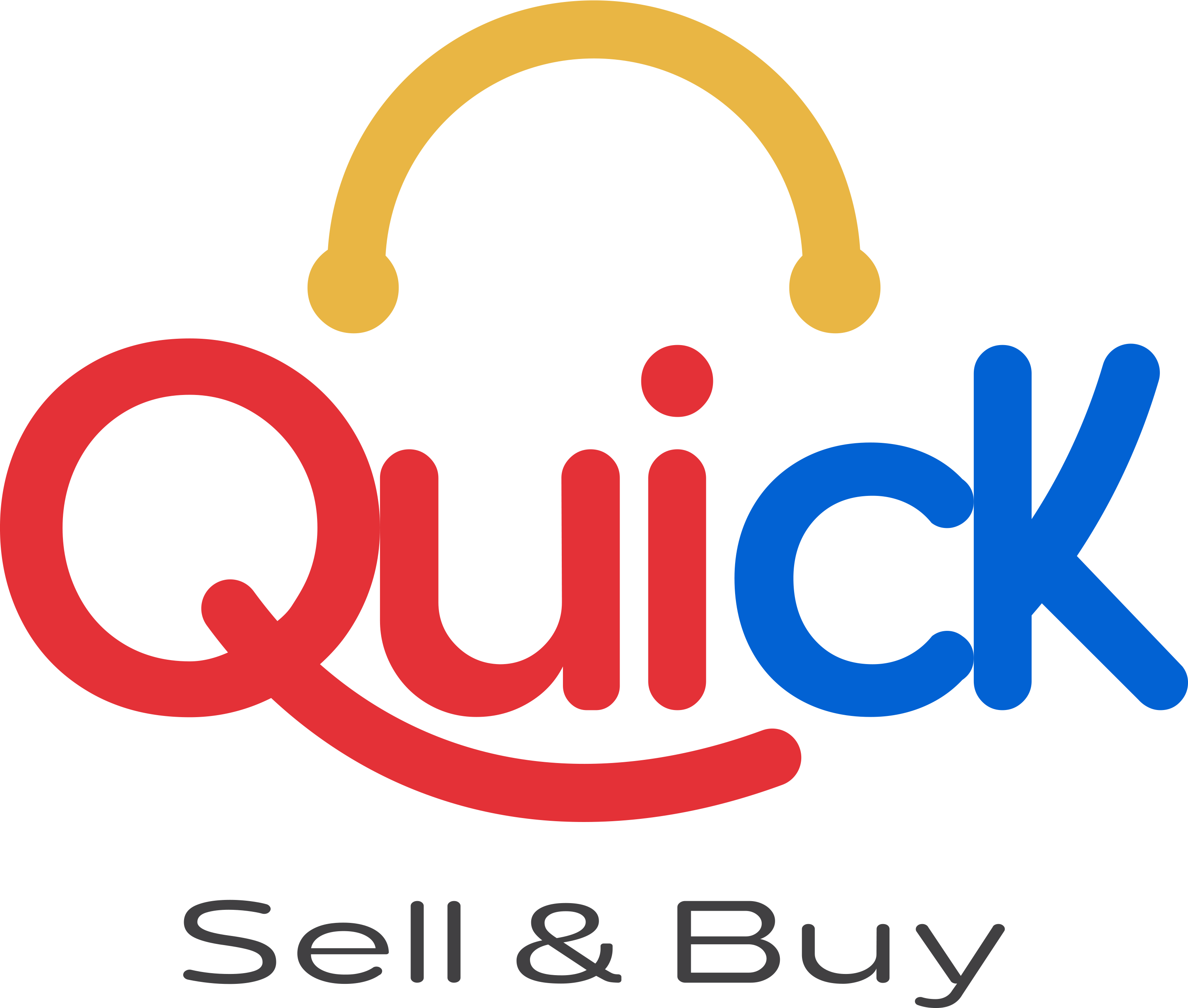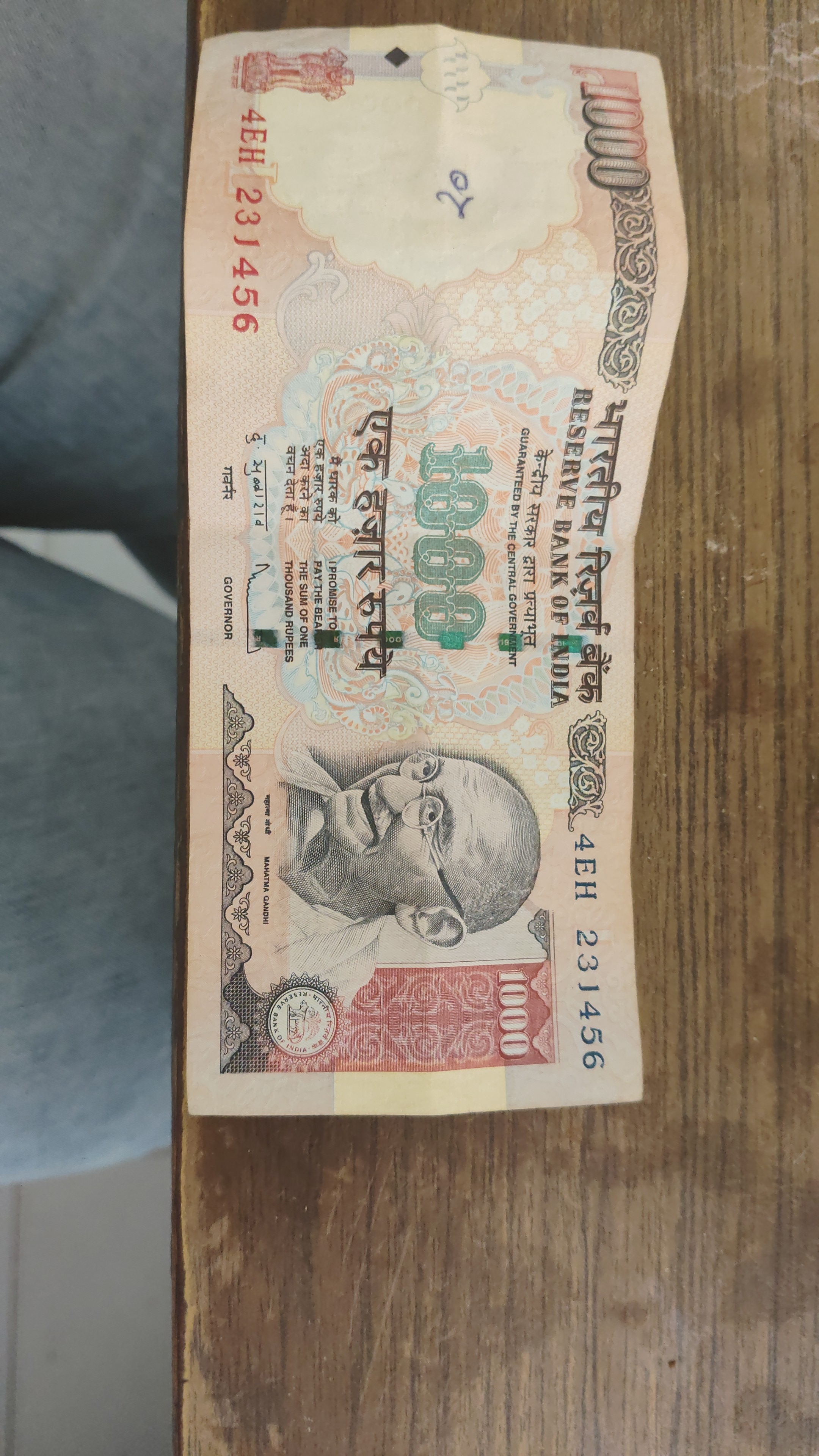Cash-Secured Puts: Smart Income with Controll
London
1 day ago
Last Update 1 day ago
Cash-secured puts are perhaps the smartest, most self-controlled way to make steady returns on the equity markets while enjoying the potential of acquiring outstanding businesses at discount prices. It's a favorite strategy with conservative option traders, income investors, and long-term equity accumulators who appreciate the merits of using patience and premiums. The fundamental idea is straightforward but potent: by selling a put option on a stock you're willing to hold, keeping enough cash to purchase that stock if assigned at the strike price, you earn premium income in return for assuming the obligation to buy the stock at a set, usually lower, price—producing a high-probability situation where either you keep the premium or you own shares at a net discount to the market. This format erases leverage risk and makes the strategy strategic instead of speculative, because you're never overexposed, and each trade supports your larger investment agenda. For example, if a trader is focused on a stock with solid fundamentals trading at $52 and believes that $48 is a good entry point, selling a $48 strike put for $1.50 allows him to generate income while effectively being committed to buying at $46.50 if assigned, which is even better than waiting for a pullback. When the stock is above $48, the trader keeps the premium and repeats the process in the next cycle; when it is below $48, they are delivered physically at a price already acceptable to them, with some discount on that from the premium obtained. This dual benefit of income and discount entry is the reason cash-secured puts are an anchor strategy in retirement accounts, conservative portfolios, and dividend accumulation designs, especially since most brokers allow use within IRAs, where margin is prohibited. Relative to more advanced spreads or leveraged derivatives, cash-secured puts promote sound risk management strategies, such as having enough liquidity, position sizing according to actual cash availability, and trading only in quality companies with sound fundamentals, solid cash flow, or long-term growth potential. The approach is also versatile—traders can employ shorter expirations (e.g., weekly puts) to take advantage of rapid time decay or longer-dated puts (monthly or LEAPS) to capture larger premiums and higher time value, according to their anticipations and cash allocation goals. Timing is critical—buying puts in high implied volatility conditions, such as when there are earnings or a pullback in the market, allows traders to earn a higher premium and achieve a safer distance from the current price, increasing the chances of success in the trade. Using delta as a reference point—typically choosing 20–30 delta strikes—allows traders to focus on setups that mathematically have a 70–80% chance of expiring valueless, thus creating repeatable high-probability income with defined risk. Cash-secured puts also support the value discipline of investing because they will cause traders to research company balance sheets, earnings growth, dividend history, and price-to-earnings to select appropriate points of entry, reminding them they're not selling premium blindly, but with a long-term ownership mentality. What is a Short Put? It is the approach most individuals utilize as the initial segment of the wheel strategy: writing up to being assigned, and subsequently selling covered calls after receiving shares, which further enhances income while maintaining full control of capital utilization. The danger with cash-secured puts lies not in the strategy per se but in poor stock selection, over-concentration, or in ignoring the changes in the market that affect fundamentals. A surprise earnings miss, dividend cut, or macro headwind can turn a "safe" stock into a capital sink if not managed with discipline. Therefore, diversification of sectors, limit size restriction (usually no more than 3–5% of cash portfolio per put), and constant screening of trade contenders are essential. Some platforms like Thinkorswim, Tastytrade, or Interactive Brokers have screeners and analyzers that are able to locate high-IV, low-debt, highly liquid stocks with very close technical support prices with option chains showing adequate premiums, allowing traders to pair short puts with technical as well as with fundamental requirements. Another benefit of this methodology is emotional clarity—since you've already spent the money upfront and pre-accepted the outcome, you're beyond the greed or panic cycles that trap so many traders and instead react with purpose, reason, and determination. Whether your objective is to create a dividend portfolio, lower the cost basis on long-term positions, or merely create monthly income while playing it defensive, cash-secured puts provide a proven model in which to accomplish it without recourse to margin or dramatic wagers. Also, there are simple exit strategies that can be used to realize profits, such as closing positions after 50–70% of the premium is made, reducing assignment risk, and increasing the number of winning trades in the year. Even in declining markets, cash-secured puts are not rigid: traders may roll down and out to collect additional premium and reduced breakeven levels, or take delivery and begin selling calls for recovery income, turning short-term drawdowns into long-term profits. Lastly, cash-secured puts balance investor discipline with market opportunity, and allow traders to extract value from volatility and time, convert dormant cash into working capital, and generate wealth cumulatively without sacrificing risk management. It's not a sexy strategy, but its dependability, ease, and low-stress mechanics make it one of the smartest choices for investors seeking secure returns with known downside and actual upside, showing that in a world chasing high-risk speculation, the smartest play sometimes is getting paid to sit back and wait patiently for what you already want to buy.


.jpg)





.jpg)
.jpg)
.jpg)


.png)
